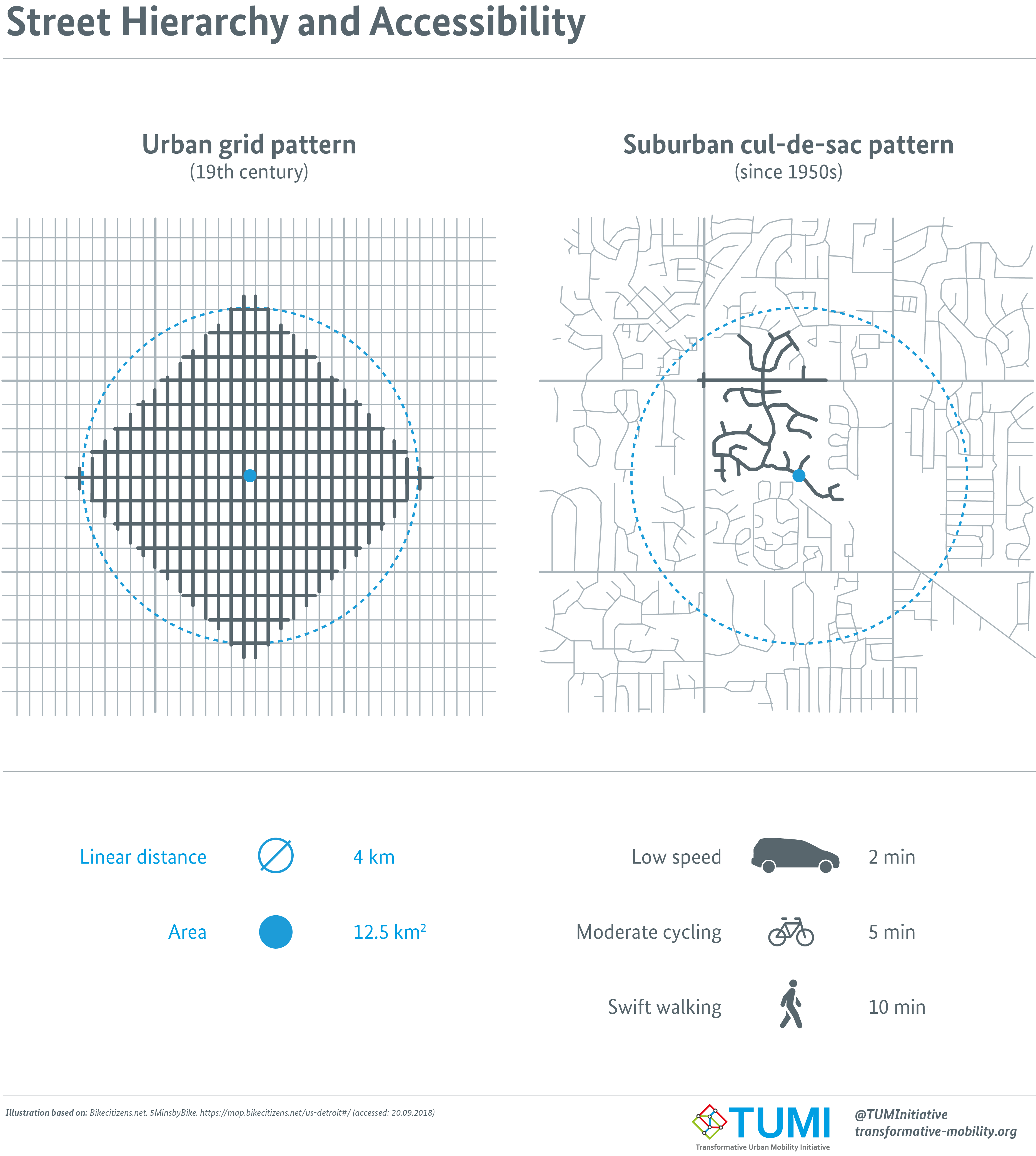What is Urban Planning?
Urban planning guides orderly development in urban, suburban and rural areas. Although predominantly concerned with the planning of settlements and communities, urban planning is also responsible for the planning and development of water use and resources, rural and agricultural land, parks and conserving areas of natural environmental significance. Practitioners of urban planning are concerned with research and analysis, strategic thinking, architecture, urban design, public consultation, policy recommendations, implementation and management. Enforcement methodologies include governmental zoning, planning permissions, and building codes, as well as private easements and restrictive covenants.
-
Video Transcript
-
This is the transcript of the video for demo purposes. This is the transcript of the video for demo purposes. This is the transcript of the video for demo purposes. This is the transcript of the video for demo purposes.
This is the transcript of the video for demo purposes. This is the transcript of the video for demo purposes. This is the transcript of the video for demo purposes. This is the transcript of the video for demo purposes. This is the transcript of the video for demo purposes. This is the transcript of the video for demo purposes. This is the transcript of the video for demo purposes. This is the transcript of the video for demo purposes.
What's involved in Urban Planning?
Urban planners work with the cognate fields of architecture, landscape architecture, civil engineering, and public administration to achieve strategic, policy and sustainability goals. Early urban planners were often members of these cognate fields. Today urban planning is a separate, independent professional discipline. The discipline is the broader category that includes different sub-fields such as land-use planning, zoning, economic development, environmental planning, and transportation planning.

Urban Density Statistics
Urban density is a term used in urban planning and urban design to refer to the number of people inhabiting a given urbanized area. As such it is to be distinguished from other measures of population density. Urban density is considered an important factor in understanding how cities function. Research related to urban density occurs across diverse areas, including economics, health, innovation, psychology and geography as well as sustainability.
| Rank | City | June 2018 | 2011 Census | Growth | Percentage of national population (June 2018) |
|---|---|---|---|---|---|
| 1 | Sydney | 5,230,330 | 4,391,674 | 19.10% | 20.93% |
| 2 | Melbourne | 4,936,349 | 3,999,982 | 24.08% | 19.86% |
| 3 | Brisbane | 2,462,637 | 2,065,996 | 19.20% | 9.85% |
| 4 | Perth | 2,059,484 | 1,728,867 | 19.12% | 8.24% |
| 5 | Adelaide | 1,345,777 | 1,262,940 | 6.56% | 5.38% |
| 6 | Gold Coast-Tweed Heads | 679,127 | 557,822 | 21.75% | 2.72% |
| 7 | Newcastle-Maitland | 486,704 | 398,770 | 22.05% | 1.95% |
| 8 | Canberra-Queanbeyan | 457,563 | 391,645 | 16.83% | 1.83% |
| 9 | Sunshine Coast | 333,436 | 270,770 | 23.14% | 1.33% |
| 10 | Wollongong | 302,739 | 268,944 | 12.57% | 1.21% |